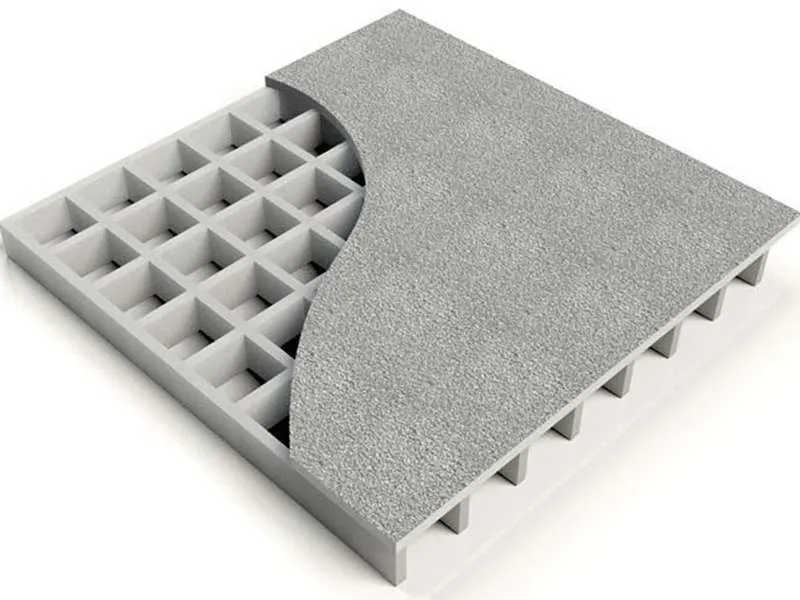
-
 Afrikaans
Afrikaans -
 Albanian
Albanian -
 Amharic
Amharic -
 Arabic
Arabic -
 Armenian
Armenian -
 Azerbaijani
Azerbaijani -
 Basque
Basque -
 Belarusian
Belarusian -
 Bengali
Bengali -
 Bosnian
Bosnian -
 Bulgarian
Bulgarian -
 Catalan
Catalan -
 Cebuano
Cebuano -
 China
China -
 China (Taiwan)
China (Taiwan) -
 Corsican
Corsican -
 Croatian
Croatian -
 Czech
Czech -
 Danish
Danish -
 Dutch
Dutch -
 English
English -
 Esperanto
Esperanto -
 Estonian
Estonian -
 Finnish
Finnish -
 French
French -
 Frisian
Frisian -
 Galician
Galician -
 Georgian
Georgian -
 German
German -
 Greek
Greek -
 Gujarati
Gujarati -
 Haitian Creole
Haitian Creole -
 hausa
hausa -
 hawaiian
hawaiian -
 Hebrew
Hebrew -
 Hindi
Hindi -
 Miao
Miao -
 Hungarian
Hungarian -
 Icelandic
Icelandic -
 igbo
igbo -
 Indonesian
Indonesian -
 irish
irish -
 Italian
Italian -
 Japanese
Japanese -
 Javanese
Javanese -
 Kannada
Kannada -
 kazakh
kazakh -
 Khmer
Khmer -
 Rwandese
Rwandese -
 Korean
Korean -
 Kurdish
Kurdish -
 Kyrgyz
Kyrgyz -
 Lao
Lao -
 Latin
Latin -
 Latvian
Latvian -
 Lithuanian
Lithuanian -
 Luxembourgish
Luxembourgish -
 Macedonian
Macedonian -
 Malgashi
Malgashi -
 Malay
Malay -
 Malayalam
Malayalam -
 Maltese
Maltese -
 Maori
Maori -
 Marathi
Marathi -
 Mongolian
Mongolian -
 Myanmar
Myanmar -
 Nepali
Nepali -
 Norwegian
Norwegian -
 Norwegian
Norwegian -
 Occitan
Occitan -
 Pashto
Pashto -
 Persian
Persian -
 Polish
Polish -
 Portuguese
Portuguese -
 Punjabi
Punjabi -
 Romanian
Romanian -
 Russian
Russian -
 Samoan
Samoan -
 Scottish Gaelic
Scottish Gaelic -
 Serbian
Serbian -
 Sesotho
Sesotho -
 Shona
Shona -
 Sindhi
Sindhi -
 Sinhala
Sinhala -
 Slovak
Slovak -
 Slovenian
Slovenian -
 Somali
Somali -
 Spanish
Spanish -
 Sundanese
Sundanese -
 Swahili
Swahili -
 Swedish
Swedish -
 Tagalog
Tagalog -
 Tajik
Tajik -
 Tamil
Tamil -
 Tatar
Tatar -
 Telugu
Telugu -
 Thai
Thai -
 Turkish
Turkish -
 Turkmen
Turkmen -
 Ukrainian
Ukrainian -
 Urdu
Urdu -
 Uighur
Uighur -
 Uzbek
Uzbek -
 Vietnamese
Vietnamese -
 Welsh
Welsh -
 Bantu
Bantu -
 Yiddish
Yiddish -
 Yoruba
Yoruba -
 Zulu
Zulu
Exploring the Versatility and Benefits of Fiberglass Fittings for Various Applications in Construction
Understanding Fiberglass Fittings Benefits and Applications
Fiberglass fittings are essential components in various industries, offering a combination of durability, lightweight characteristics, and resistance to corrosion. These fittings, typically made from reinforced plastic materials, play a crucial role in piping systems, especially for applications involving water treatment, chemicals, and infrastructure developments. As industries strive for efficiency and longevity, fiberglass fittings have emerged as a favored choice.
One of the primary advantages of fiberglass fittings is their superior corrosion resistance. Traditional metal fittings often succumb to rust, decay, and degradation when exposed to harsh environmental conditions or aggressive chemicals. In contrast, fiberglass is immune to such reactions, making it ideal for applications in chemical processing, marine environments, and wastewater management. This resistance extends the lifespan of the fittings, reducing maintenance costs and downtime associated with replacements.
In addition to their resistance to corrosion, fiberglass fittings boast a lightweight nature compared to their metal counterparts. This characteristic simplifies installation and transportation, reducing labor costs and time. In projects where heavy-duty components are required, the ease of handling fiberglass fittings can significantly improve workflow efficiency. The reduced weight does not compromise strength; rather, these fittings are engineered to withstand high pressure and extreme conditions, maintaining structural integrity under stress.
Moreover, fiberglass fittings offer excellent thermal insulation properties. Unlike metal fittings that can conduct heat and cold, fiberglass helps to maintain stable temperatures within the piping systems. This feature is particularly beneficial in applications such as chemical processing, where temperature stability is crucial for maintaining reaction conditions and ensuring product quality.
fiberglass fitting

The versatility of fiberglass fittings is evident in their wide range of applications. They are commonly used in various sectors, including construction, agriculture, and telecommunications. In the construction industry, fiberglass fittings are employed in irrigation systems, roofing materials, and even in the plumbing systems of modern buildings. Their resistance to environmental degradation makes them a preferred choice for outdoor applications, where exposure to UV rays and moisture can compromise other materials.
In agricultural settings, fiberglass fittings are utilized in irrigation systems, providing a reliable way to transport water without the risk of rust and contamination. These fittings help maintain the quality of water supplied to crops, ultimately enhancing agricultural productivity. Additionally, in telecommunications, fiberglass is used in the installation of communication infrastructure, thanks to its lightweight and durable nature, which allows for efficient installation of cables and conduits.
When considering the environmental impact, fiberglass fittings present an advantage due to their longevity and reduced need for replacements. Fewer resources are consumed over time, aligning with sustainability goals pursued by various industries. Furthermore, advancements in fiberglass manufacturing processes have led to the development of bio-based resins, offering an even more environmentally friendly option for those looking to minimize their ecological footprint.
In conclusion, fiberglass fittings are a remarkable advancement in the realm of industrial components. Their combination of corrosion resistance, lightweight properties, thermal insulation, and versatility makes them an indispensable part of modern infrastructure and industrial applications. As technology continues to evolve, the adoption of fiberglass fittings is likely to increase, driven by the necessity for durable, efficient, and sustainable solutions in various sectors. Whether in construction, agriculture, or telecommunications, fiberglass fittings are set to play a pivotal role in the future of industrial systems.
Latest news
-
High-Quality Fiberglass Car Bodies Durable GRP Car & Boat Body SolutionsNewsJul.08,2025
-
High-Quality Fiberglass Dual Lamination Product Manufacturer Durable FRP & GRP Dual Lamination SolutionsNewsJul.08,2025
-
Rectangular Tank with Dimensions for GRP Calculation Custom Fiberglass GRP Rectangular TanksNewsJul.07,2025
-
High-Quality Fiberglass Weir Custom FRP Weir & Fiberglass Tanks ManufacturerNewsJul.07,2025
-
CPVC FRP Pipe A Reliable Choice for Industrial Applications High Strength & Corrosion ResistanceNewsJul.07,2025
-
Fiberglass Scrubber for Effective Cleaning and Stain Removal – Superior Performance in Various ApplicationsNewsJul.06,2025









